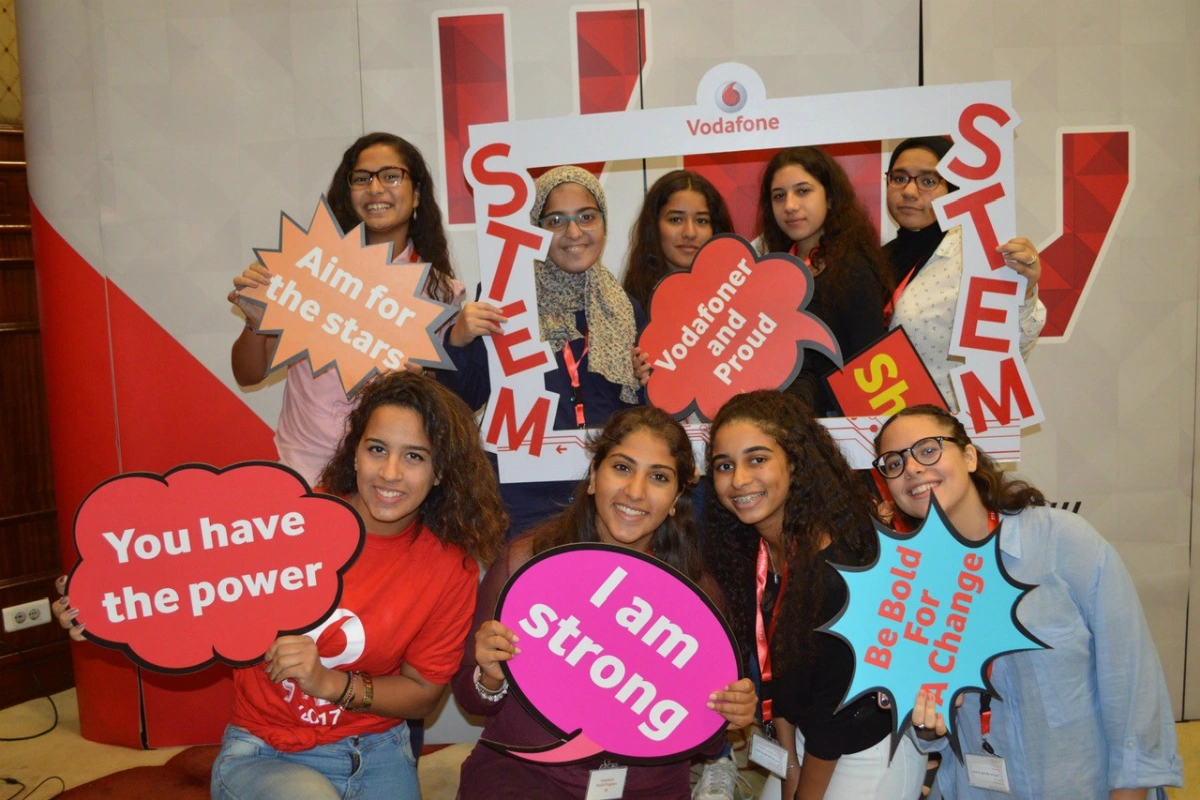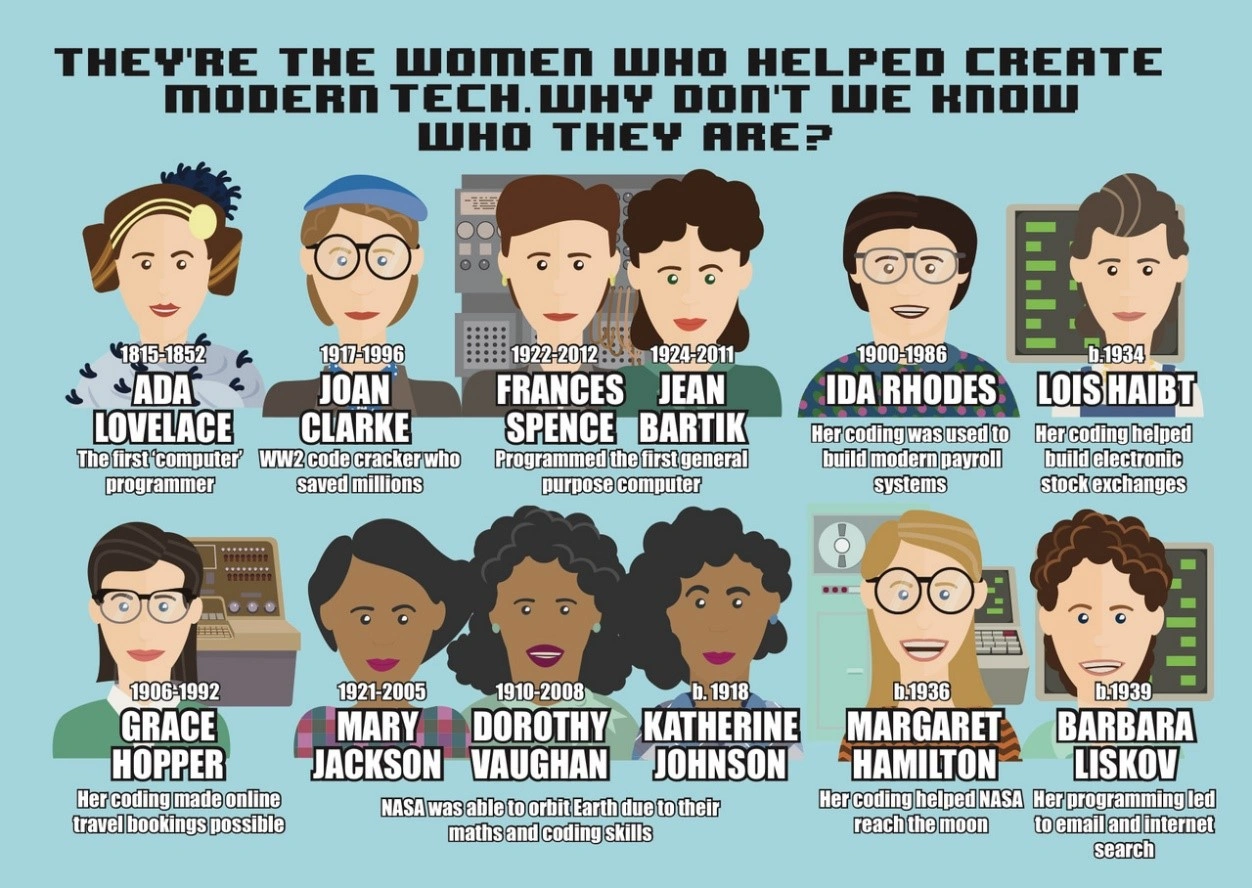
These are the names of some of the women who were instrumental in shaping today’s digital world.
They may not look familiar. If they do, it’s most likely you recognise them from a recent Hollywood blockbuster.
So for the UN Day of Woman and Girls in Science on 11 February we’re shining a light on a group of women we think should be household names.
Women have played a hugely important role in the development of computing and engineering, but have rarely been given the recognition they deserve for work that contributed to everything from Wi-Fi and email to computer games and space travel.
The public were sometimes told these scientists and technologists were just pretty faces brought in for the cameras. Relatively few are remembered today.
It’s time to change that.
Women are still under-represented in coding, as in all science, technology, engineering and maths (STEM) careers. According to the Unesco report Cracking the code: Girls’ and women’s education in STEM in 2017, only 35% of STEM students in higher education globally are women.
The UN’s cultural and scientific agency has expressed concerns that “female participation is falling in a field that is expanding globally”.
While only 22% of UK graduates in science, mathematics and computing were women, the percentage was even lower in Germany (19.3%), France (21.5%) and Switzerland (14.7%). In the United States, women make up around a quarter of those in STEM occupations.
It’s not just in the real world that these biases persist – a study by the Geena Davis Institute in 2015 showed that of the onscreen characters with an identifiable STEM job, only 12% were women.
World firsts
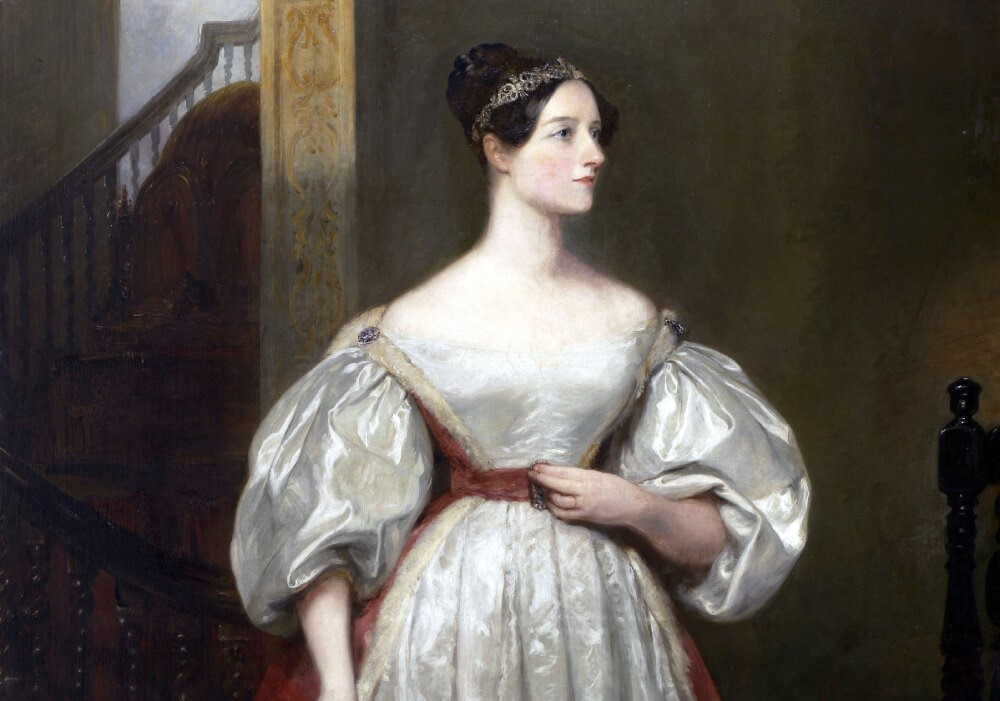
Ada Lovelace day is celebrated on 8 October each year to honour women in STEM.
Augusta Ada King, Countess of Lovelace – more commonly known as Ada Lovelace – was the daughter of the poet Lord Byron.
She was also a renowned mathematician credited as being the first computer programmer, thanks to an essay outlining algorithms for Charles Babbage’s analytical engine – which unfortunately was never built.
This directly inspired Alan Turing and his work in the 1940s on the first computers.
It’s said her mother ensured Ada’s tutors taught her science and maths to stop her developing her estranged father’s “unpredictable” habits.
Born in 1815, she died of cancer at just 36.
Refrigerator girls
Six women did crucial coding work on ENIAC, the first electronic general purpose computer, developed during the Second World War.
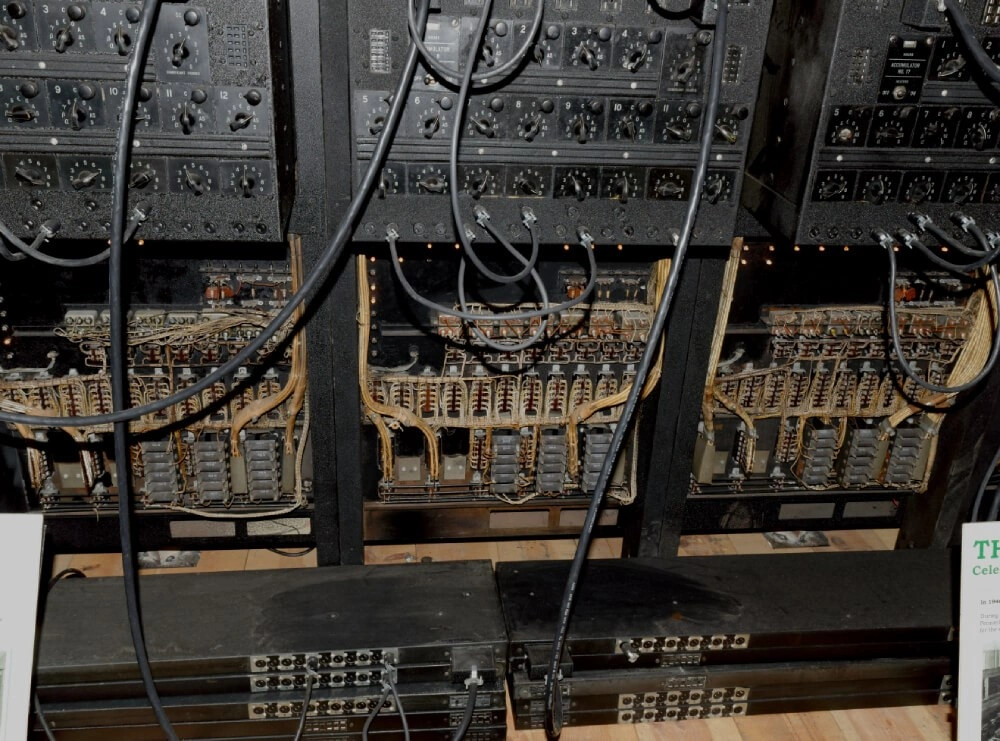
The ENIAC was the first general purpose computer. Picture credit: Judson McCranie (CC BY-SA 3.0)
The “ENIAC six” were a team of expert programmers - Jean Bartik, Frances Spence, Kay McNulty, Betty Snyder, Marlyn Meltzer and Ruth Lichterman
Their work was not recognised for 50 years - when they were photographed with the machines for publicity shots, they were referred to as the “refrigerator girls” after the women who modelled household appliances.
The machine itself was eventually broken up and thrown away – however part of it was restored and can been seen at Fort Sill, Oklahoma, where it originally operated.
Science in the movies
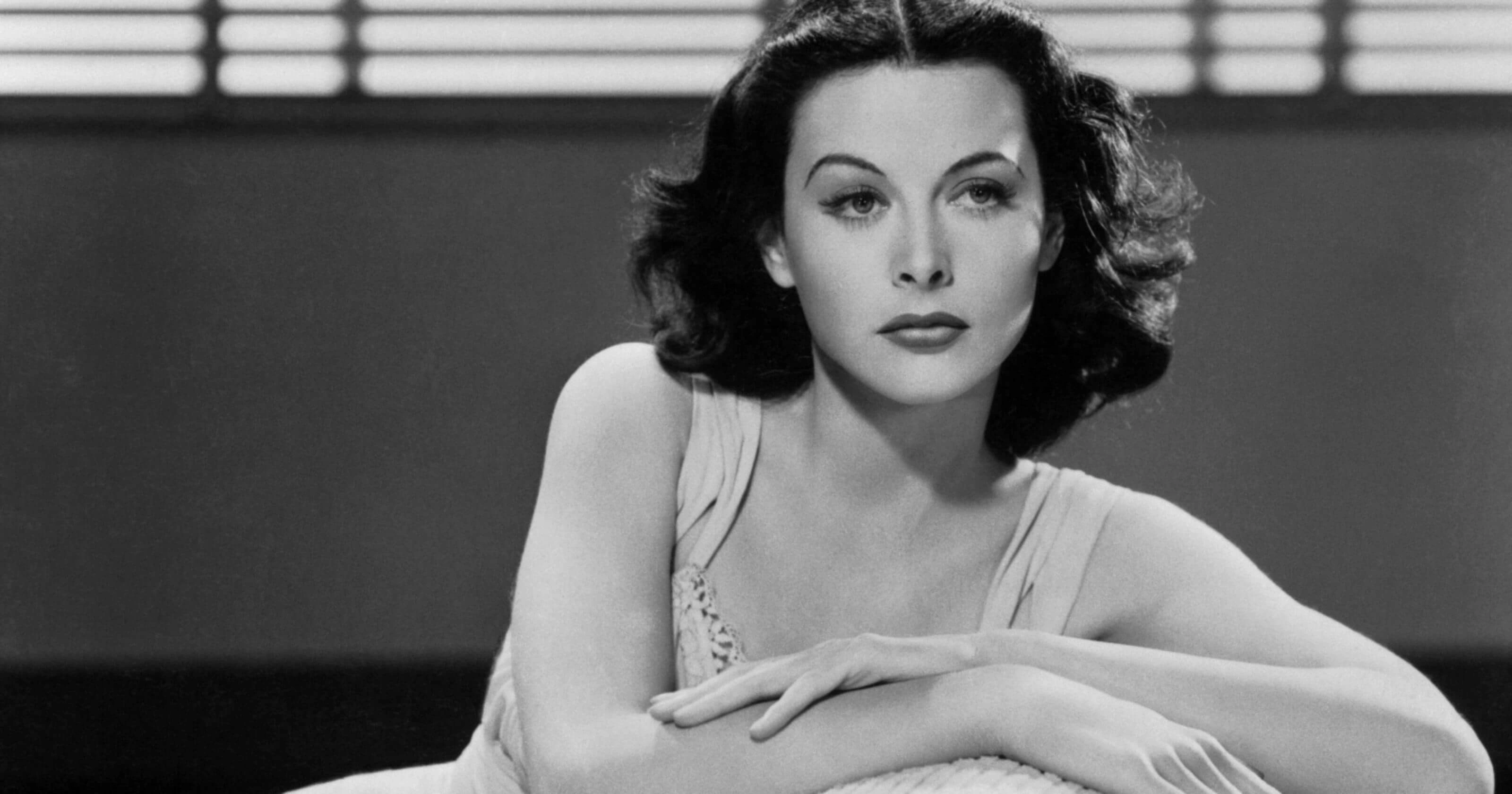
MGM called Hedy Lamarr the most beautiful woman in Hollywood – but she was also a talented inventor.
Austrian-born actress Hedy Lamarr was most famous for her private life and career in Hollywood until near the end of her life.
Only then, and after her death, did it become more widely known that she was also a brilliant woman who loved to invent.
Her “secret communication system” used frequency hopping to guide torpedoes underwater so they were undetectable. This technology went on to underpin modern Wi-Fi and mobile phone networks.
Yet Ms Lamarr was told the best way to contribute to the war effort was to entertain troops and sell war bonds.
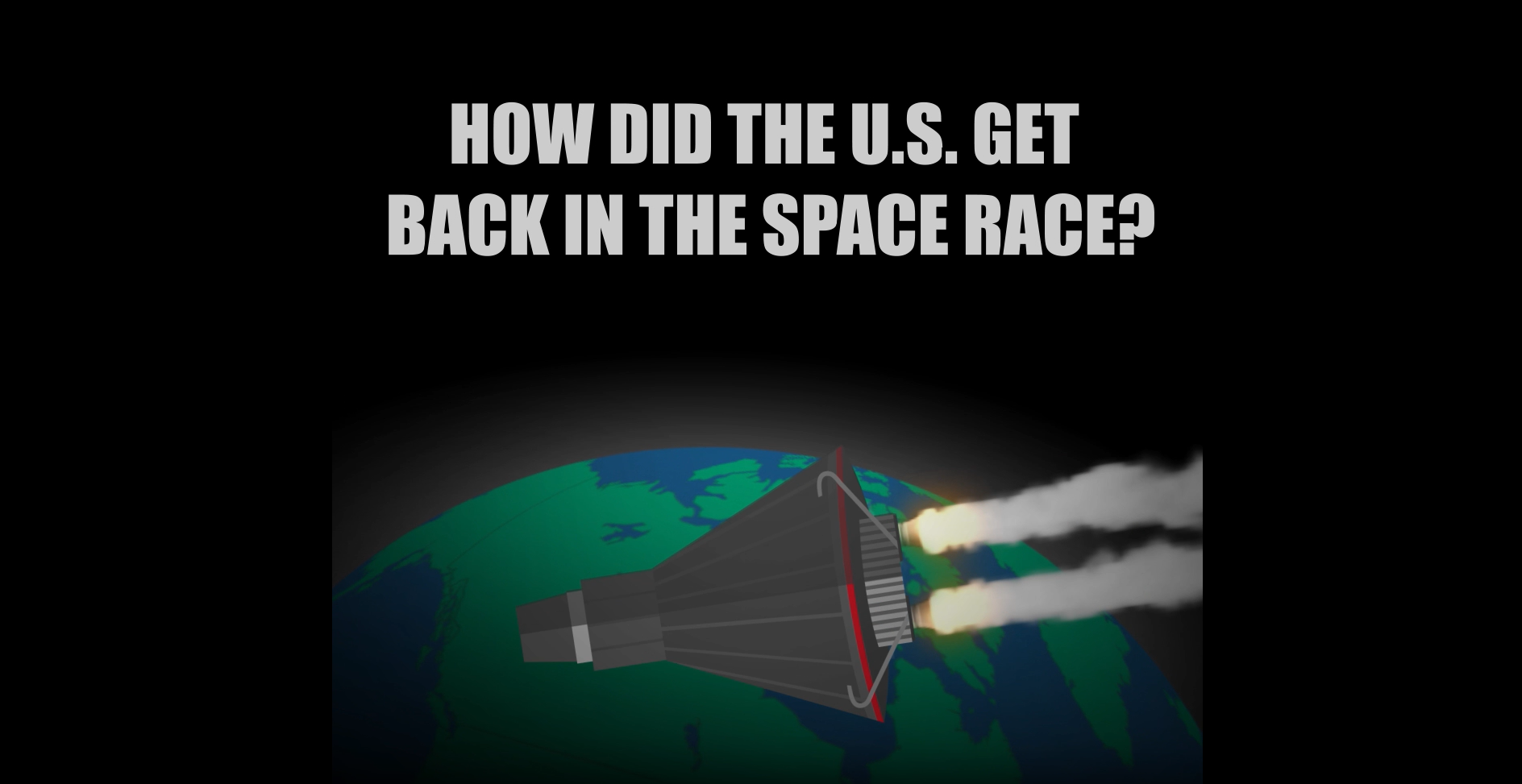
The US got back in the space race thanks in part to three female “human computers” – or mathematicians - who until recently were almost unknown.
The women – the late Mary Jackson and Dorothy Vaughan, along with the now 100-year-old Katherine Johnson – had their life stories turned into the 2016 movie Hidden Figures.
All three went on to make vital contributions to Nasa’s work over the course of long careers.
The future is female
There’s now a drive to get recognition for other female tech pioneers, to encourage more young women to choose careers in science and technology, which are still male-dominated.
Coding is one of the most in-demand skills across many industries, with employers increasingly finding it difficult to find the right talent.
Vodafone is helping girls get into STEM careers. Picture credit: Vodafone.
To help girls get into STEM careers, Vodafone has launched an initiative to give free coding training to schoolgirls in 26 countries, irrespective of their existing technology skills.
“Women are still underrepresented in STEM fields all over the world, and according to the World Economic Forum only 16% of female students globally graduate from STEM subjects,” said Tanja Richter, Vodafone’s director of consumer products and services in technology.
“It’s incredible when you think that so many of the pioneers of the technology we use today are women. Learning about these role models is the first step towards making a difference.”
The company is offering the training in partnership with Code First: Girls. It covers a basic knowledge of computer languages and development programs including HTML, CSS, GitHub and Bootstrap.
More than 1,500 girls have benefited - building the next generation of STEM superwomen.
























